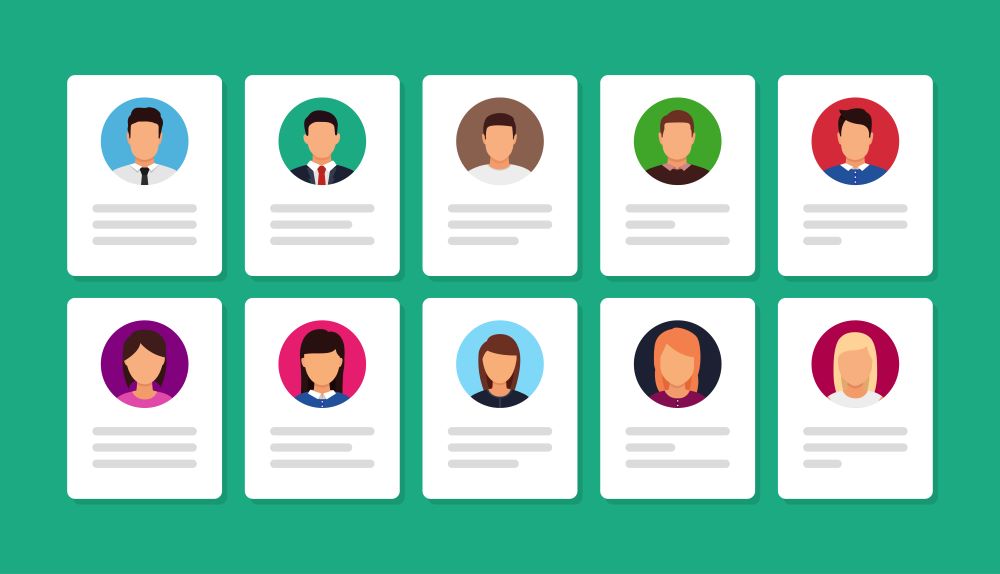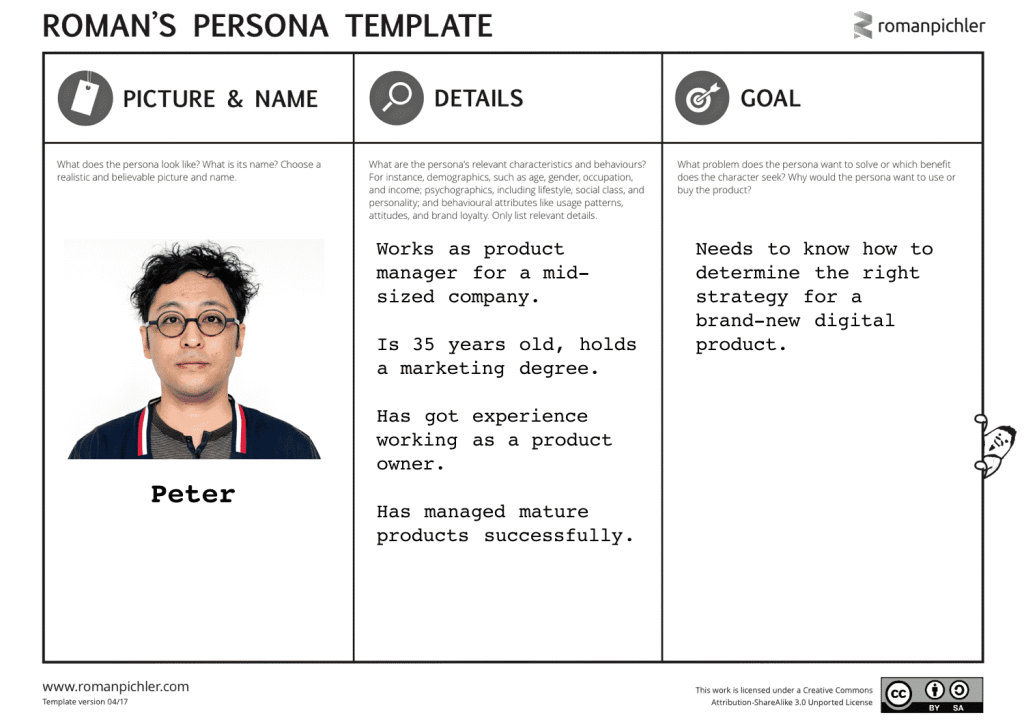What is it for and how to create a user persona?
In the modern business world, it is increasingly important for businesses to better understand their target audience and enhance the customer experience. They want to understand more about the mindset, feelings, goals, motivations and needs of users. This can be helped by the user persona, a fictional representation of the ideal or typical user of a product, service or website. In this article, we will look at what is worth knowing about user personas and how they can help product development and project management. What are their benefits and how to create these personas.

What is a user persona?
A user persona is a fictional representation of an ideal or typical user of a product, service or website. Personas are created by researching and analysing user data, allowing businesses and designers to better understand their target audience.
Personas typically contain information on users' demographics, motivations, needs, goals and behaviour.
What is the difference between the user persona and market targeting?
Although they may seem similar, there are some fundamental differences between the user persona and the target market.
The target market is a group of people defined by specific demographic characteristics such as age, gender, income, etc.
A user persona is, however, a specific person within this target market. This means that the persona contains all the demographic data of the target market, as well as additional information about their needs, motivations and challenges.
That is, every user persona is part of the target market, but not all members of the target market are user personas.

What are the benefits of the user persona?
User personas are extremely useful for the growth and development of a business: they help to reveal how people search, shop, think and feel.
For example, user personas are a powerful tool for designing and optimising websites. In fact, web and application design is the area where we most often see the use of user personas.
Creating user personas:
- contributes to better product and service design by incorporating user feedback and preferences into the design process
- helps product or project managers to better understand their target audience, communicate more effectively and adapt to change
- improves the customer experience by accurately understanding customer needs and wants, which also leads to increased sales and improved user retention and satisfaction
- supports better-informed decisions on how best to invest time and effort to achieve benefits
- helps with prioritisation, as knowing the personality makes it much easier to prioritise which features are key to incorporate even when time is tight
- improves the customer journey, because if we know who our users are, we can design products that respond effectively to their needs

Characteristics of user personalities
The user personas:
- Based on real data - Good user personas are based on knowledge of the target market. This may include surveys, interviews, data analysis, etc.
- Semi-fictional - Although they must be based on real data, user personas are not real people. They are collections of different users with similar goals and characteristics.
- Detailed - The more detailed the user persona, the better. The goal is to create an accurate picture of the ideal customer who will return again and again.
- Feasibility - Personas should be designed to help you make decisions about the product. They should guide the planning process and form the basis of the marketing strategy.
Types of user personas in agile product design
There are three different types of user personas, depending on the method by which they were created.
1. Proto persona method
In this case, we make an informed estimate of the target market based on current users. We use existing knowledge and our own or our team's guesses instead of looking for new information.
These perspectives are quick to create, but they are not drawn from data, which means they are not accurate enough. They are, however, a better solution than no personas at all.
2. Qualitative method
Here we use interviews and focus groups to understand the target market. It's a great way to gain in-depth insight into users' needs and motivations, but it can be expensive and time-consuming.
3. Statistical/quantitative method
This approach combines data with qualitative research to get a more complete picture of the target market. It starts with a sample group, which is defined using qualitative methods such as observations, focus groups, interviews, to identify emerging common themes.
Statistical methods typically involve large sample groups from which a lot of data can be collected. These can include surveys, user testing, Google Analytics and other relevant data sources. This can then be supplemented with qualitative research in the form of interviews or focus groups to gain a deeper understanding of needs and use it to verify or disprove assumptions.

How to create user personas?
There are many tools available for analysing persistence zones, a common, common and minimalist tool is the Roman Pichler type of structure.
Creating a user identity process consists of the following steps:
1. Choosing your approach
As we have seen, there are three different ways to create a user persona. Which one you choose depends on the time, resources and data available.
2. Defining the target market
The next step is to identify who you want to reach with your product or service. This may involve market research, surveys, interviews, workshops, data analysis, or all of these.
3. Collecting data
Once you have your target market, it's time to collect data.
User personas should include relevant demographic information about the target audience, such as:
- age
- gender
- occupation
- education level
- geographical location
In addition, user personas may include other characteristics relevant to the product or service, such as hobbies, interests and lifestyle information. These details help to build a comprehensive picture and create personas that accurately reflect the diversity of users.
4. Research analysis
Then analyse the data collected and look for common themes and patterns. This will help us to identify gaps and better understand who the person is.
5. Creating a personality
Now that we have all the data, we can create the persona. Each user persona must have a name that represents the fictitious user archetype. In addition, developing a brief background story or context for the persona will add depth and realism to the representation, making it easier for teams to identify with the persona created.
Once the user persona is created, let's get it working! Refer to it often when making decisions about the product.
Want to succeed in an agile project environment? Develop your practical tools and obtain international qualifications! Deepen your knowledge with our professional trainings!

 Designabc
Designabc